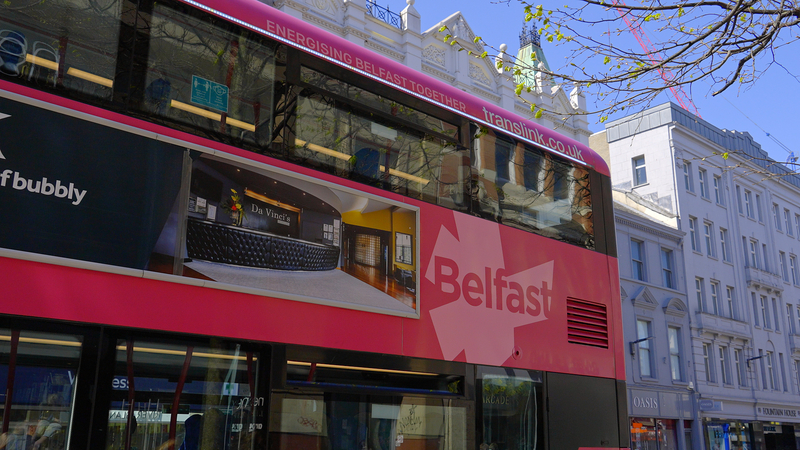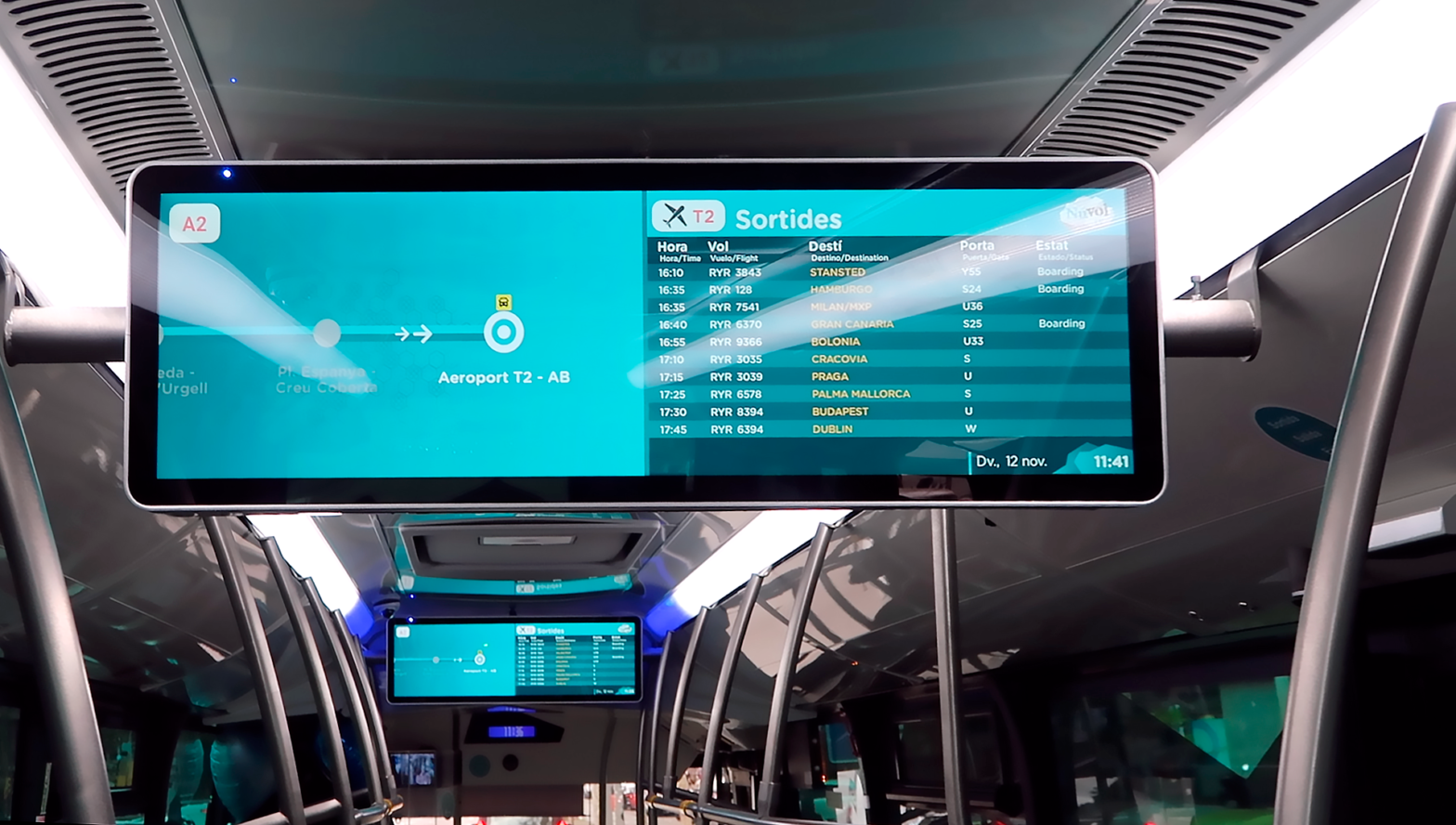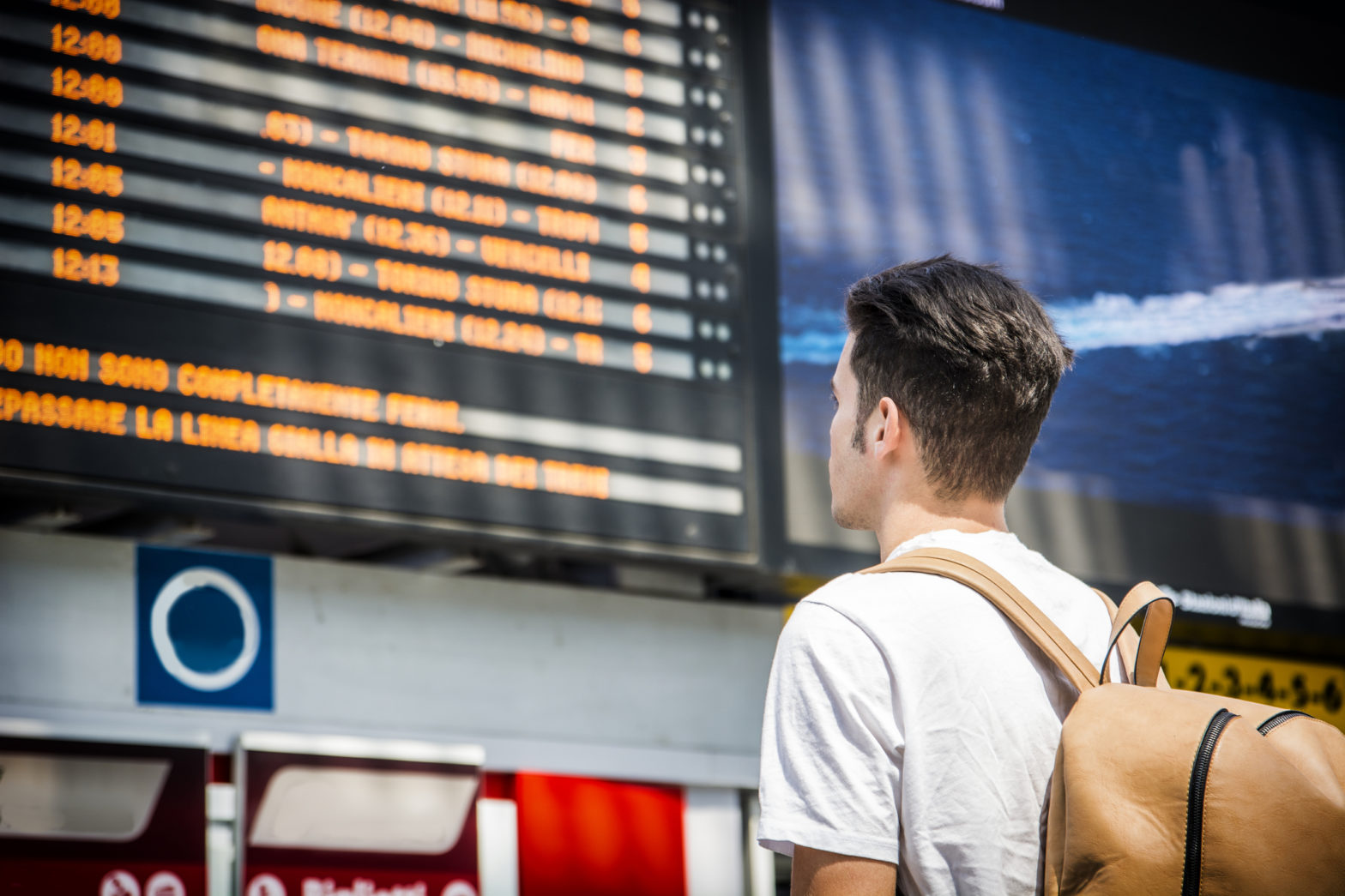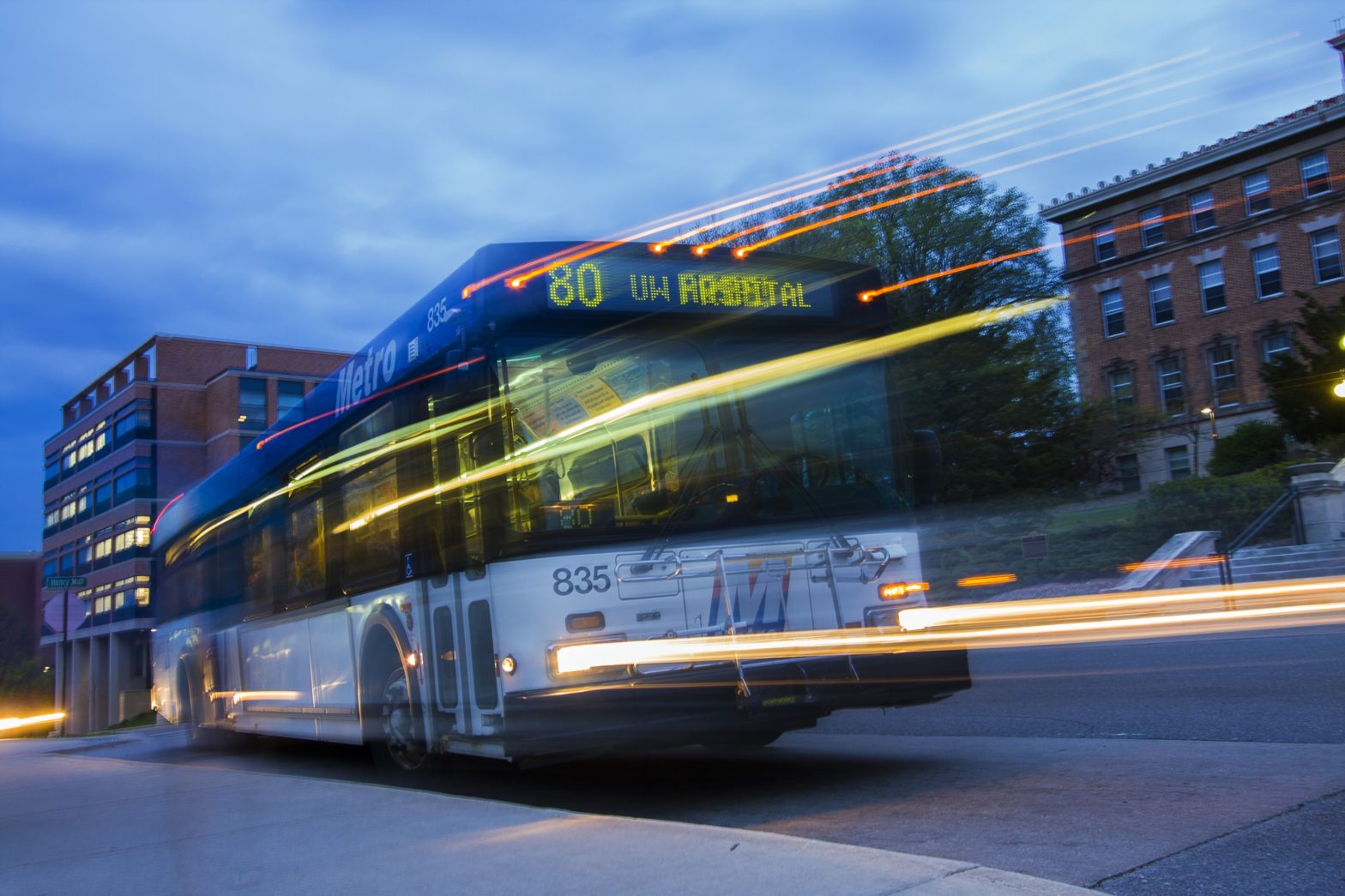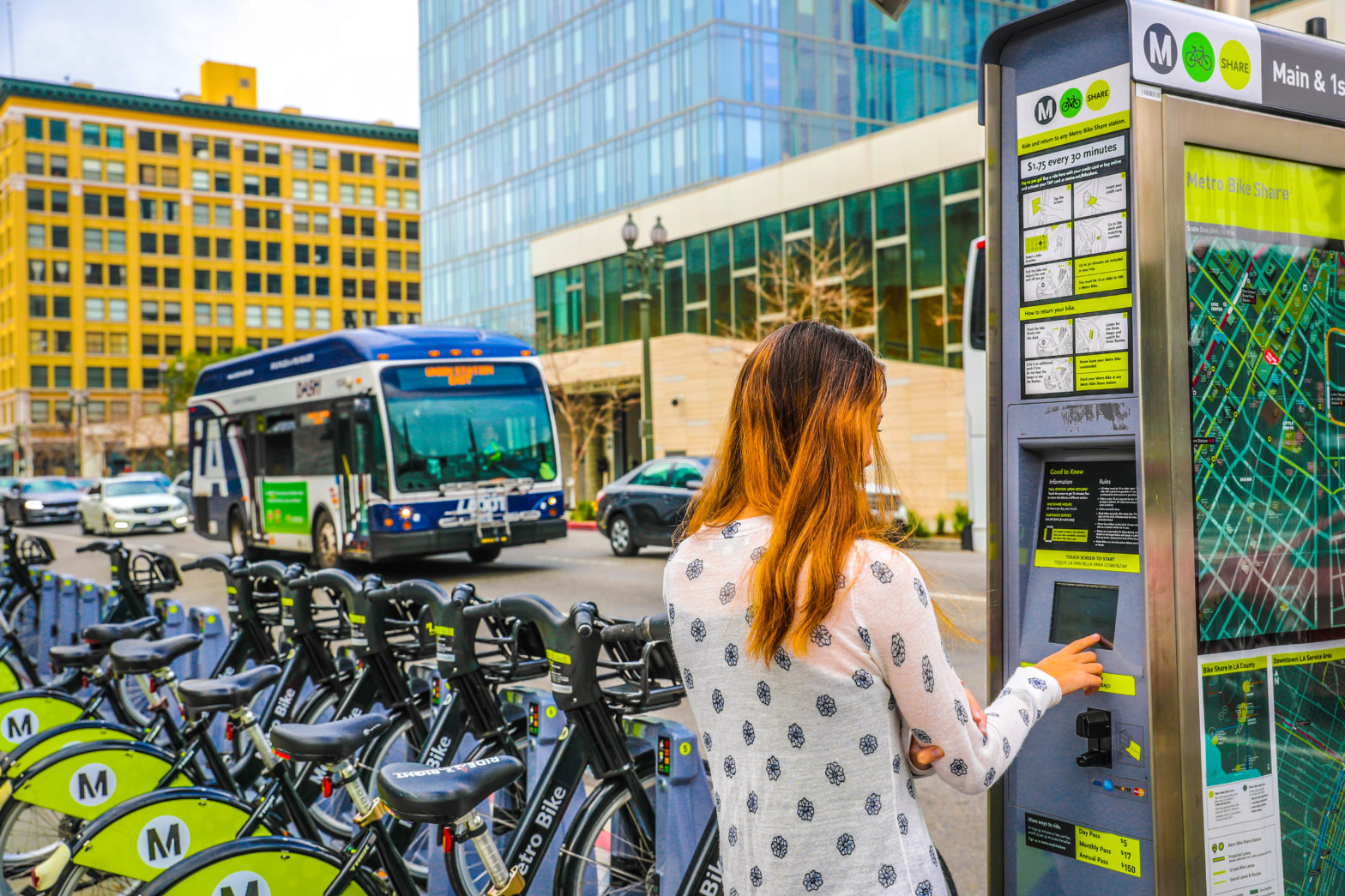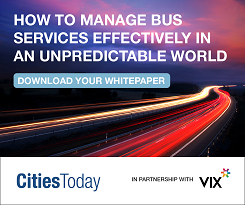
Photo: dreamstime_m_264640208
Why we must open up the transit ecosystem
23 August 2023
Only public transit ecosystems that are open and compatible will be able to fully achieve equity and inclusivity goals, according to a transport solutions expert.
“We need to open up the ecosystem,” says Jérome Rosier, Solutions Manager at Vix Technology. “Innovation is evolving so fast we need an open system – one that is interoperable and can interface with other systems. We don’t want to be constrained by the technology but to allow authorities to serve all types of users.”
As technology continuously develops and improves, helping to remove constraints and barriers to transit, it is important to collaborate with other industry players, cities and transit agencies.
“It’s about putting passengers at the centre and giving them choices with things like single payment tools, contactless, mobile ticketing and real-time information,” Rosier says.
Why inclusivity and equity matter
At its core, inclusivity in transit refers to creating a transport system that accommodates the diverse needs and preferences of all individuals, regardless of their age, gender, ethnicity, socioeconomic background, physical abilities, or any other defining characteristic.
Equity, on the other hand, emphasises the elimination of disparities and barriers, ensuring that everyone has equal access to transport options, services, and benefits. These principles go beyond providing a means of travel; they empower individuals to participate fully in society, access opportunities, and improve their quality of life.
Creating a seamless journey is paramount for inclusivity and to broaden the reach of public transit. Ticketing has evolved dramatically in the past 10 years in helping to create smoother journey transitions, yet this can be enhanced further.

“I would love every citizen to not have to think about the way they pay for mobility as a whole,” says Rosier. “We should have different ways to take transportation that are adapted to our needs and to take mobility services that are more adapted to a particular person’s need and capability.”
Adapting to the local landscape
Rosier believes Vix is achieving this through its end-to-end solutions and by partnering with mobile and app companies that provide mobility-as-a-service platforms and others that provide full EMV chip card solutions.
“We’ve got the complete portfolio for each landscape,” Rosier adds. “The ecosystem is kind of a puzzle game that is extremely important to build. We can help build that as we have fantastic technology. But again, technology is not the only factor to take into consideration. The most important is to build an ecosystem that will last and that includes local players.”
Adapting to the local landscape automatically means it is more inclusive as Rosier believes each country has their own drivers that need to be respected.
“Because of our knowledge and experience we try to help cities build the ecosystem,” he comments. “A modular and open platform is key to that ecosystem. It’s about bringing in the right partners, it’s about interacting and partnering with the right companies, but most importantly, partnering with the authorities that are the drivers.”
Increasing awareness
Though traditional methods like campaigns, education, and advocacy can assist in raising awareness about new products and services that transit systems offer, providing data directly to the passenger can also play a part.
“Marketing campaigns are still very important but I think providing positive information to the passenger is the way you can influence and drive,” he explains. “The only person who can make the choice to change is the passenger. Providing the right information quickly allows them to do that.”
Similarly, those who continue to drive a car must not be judged if improvements in public transit inclusivity and equity are to be met.
“We definitely want more people using public transport. However, it’s important to be inclusive in the way we think about it,” says Rosier. “We shouldn’t take people out of the picture because they drive a car. Instead, we need to think about everybody without necessarily judging why they do it and try to include them into our thinking.”
“Today, too often people fall back into taking their car because that’s probably the easiest thing they can do,” he adds. “I would love that to change.”
“What if we helped the user to adapt and provided incentives for using public transport? We can support that with both RTI [real time information] and AFC [automated fare collection] – for example by introducing fare capping or even greater personalisation.”
Beyond simply moving people from point A to point B, public transport plays a central role in shaping cities, societies, and economies. By embracing inclusivity and equity, a more connected, prosperous, and sustainable society can be created.
“We need to get the focus back to the core of what transport is about,” he adds. “And this is really to serve the people that need to travel.”
––––––––
Key takeaways to achieve increased inclusivity and equity
- Interoperability – open ticketing systems facilitate interoperability between transport providers, allowing passengers to use different modes of transport with a single journey.
- Payment agnostic – a user can choose a multitude of payment methods (as pictured above)
- Personalisation – recommending various modes of travel before, during and after the journey, including cost comparison and potential future benefit



